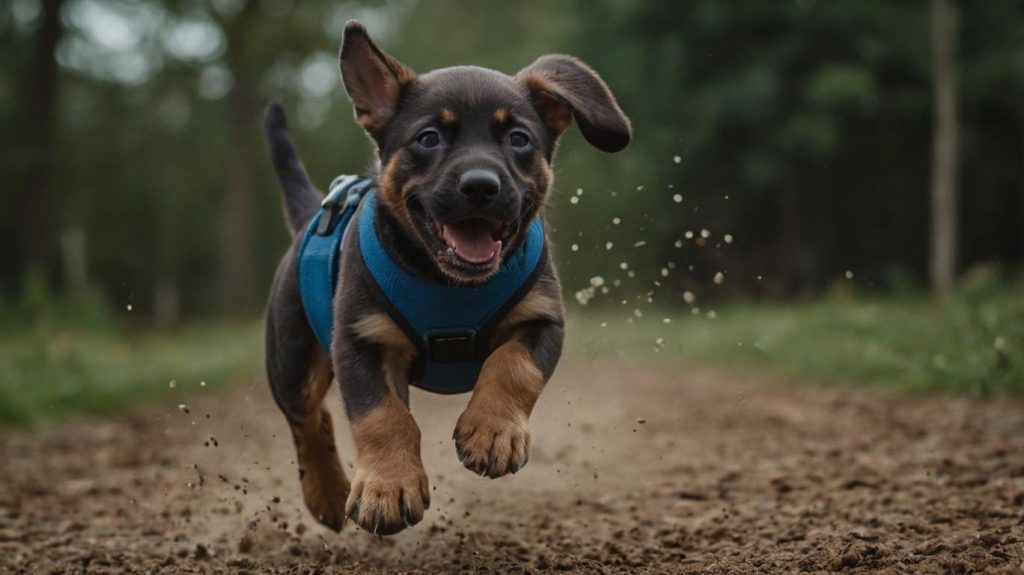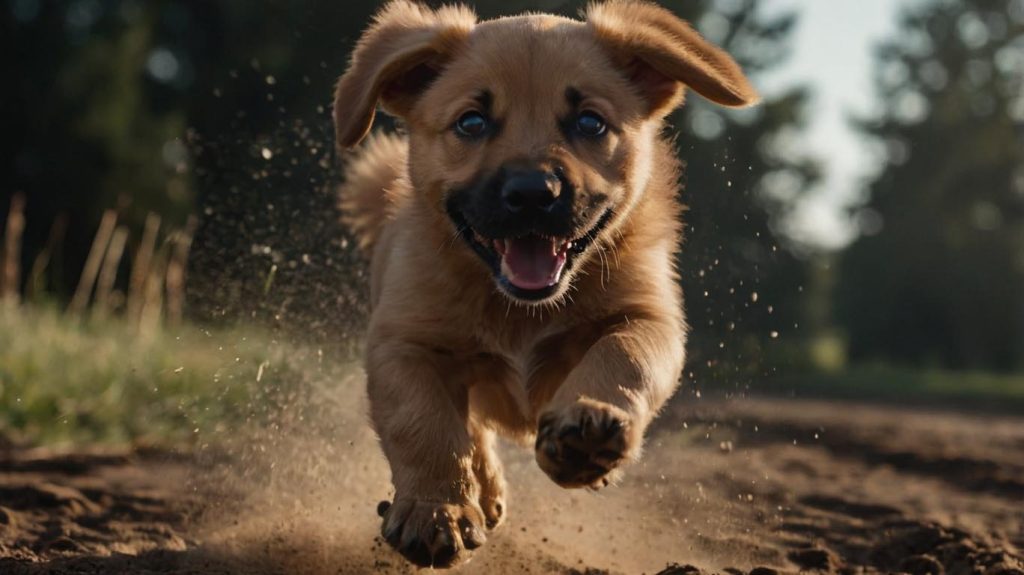Understanding Puppy Jumping Behavior
Ah, the adorable chaos of having a new puppy—wet noses, wagging tails, and yes, the never-ending jumping. Puppy jumping is one of the most common behavioral issues dog owners face, especially during the early developmental stages. While a jumping pup may seem cute at first, over time, it becomes a problematic habit that can lead to frustration, accidental injuries, or even reinforce dominance behavior.
But why exactly do puppies jump? Typically, it’s their enthusiastic way of greeting you or asking for attention. In the wild, young canines greet adult dogs by licking their faces—your face just happens to be way up there, so jumping feels like the natural choice!
This guide walks you through everything you need to know about puppy jumping. With a strong storyline, expert-backed insights, and easy-to-follow tips, you’ll learn how to address this behavior once and for all.
Why Do Puppies Jump on People?
Most puppy jumping begins as a form of communication. Puppies jump:
- To greet or show affection.
- To get closer to your face.
- To demand attention.
- Out of excitement or overstimulation.
Interestingly, jumping often gets unintentionally rewarded. Every time you pet, talk to, or push away a jumping pup, you might be reinforcing the behavior without realizing it.

The Risks of Ignoring Puppy Jumping
Letting a puppy jump without correction can lead to long-term behavioral issues:
- Injury risk: Especially to children or elderly people.
- Behavioral reinforcement: Puppies may grow into adults who jump constantly.
- Loss of control: It becomes harder to manage the dog in social situations.
Prevention is far easier than correction, so getting a handle on this early is key.
Start Early: Curb Puppy Jumping Before It Starts
Early intervention makes a big difference. From the moment you bring your puppy home:
- Avoid encouraging jumping, even when it’s cute.
- Establish ground rules consistently.
- Use calm greetings and reward four paws on the floor.
Puppies are like sponges. What you allow now will stick with them.
Positive Reinforcement to Reduce Puppy Jumping
Forget punishment. Instead, use these positive techniques:
- Reward calmness: Treat your puppy when they remain seated.
- Ignore the jump: No eye contact, voice, or touch.
- Praise the good: As soon as paws hit the floor, reward.
Eventually, they learn: jumping = nothing; staying grounded = attention!
Managing Guest Interactions to Prevent Puppy Jumping
Puppies get extra excited around new people. Use these tricks:
- Leash them before opening the door.
- Ask guests to ignore the puppy until it’s calm.
- Reward the pup once they sit or stay grounded.
This keeps greetings calm and jump-free.
Tools That Help Prevent Puppy Jumping
Training aids can help reinforce non-jumping behavior:
- Clickers to mark correct actions.
- Harnesses to maintain control during greetings.
- Treat pouches for quick rewards.
Remember, tools aid the process—they’re not magic fixes.
Vet-Recommended Tips for Puppy Jumping
Veterinarians often suggest:
- Increasing physical exercise.
- Addressing possible anxiety or overstimulation.
- Using mental enrichment toys to reduce excess energy.
When in doubt, check with your vet about behavioral patterns.
Teaching “Off” Command for Puppy Jumping
The “Off” command is one of the most effective tools:
- Wait until your puppy jumps.
- Say “Off” firmly but calmly.
- The moment they return to the ground, reward with praise or a treat.
Consistency builds understanding—and trust.

Common Mistakes That Reinforce Puppy Jumping
Avoid these traps:
- Laughing or petting during jumping.
- Saying “No” while still giving eye contact.
- Inconsistency among family members.
Dogs love patterns. Mixed messages will slow progress.
How Exercise Reduces Puppy Jumping
A tired dog is a good dog. High energy contributes to excessive jumping. Incorporate:
- Two long walks daily.
- Tug games or fetch.
- Puzzle toys to challenge their brain.
Exercise provides a natural outlet for energy.
A Personal Story: How I Stopped My Puppy from Jumping
When I adopted Daisy, she was a ball of fur and springs. Every guest? Jumped on. Every walk? Jumped on strangers. I started with redirection, added the “Off” command, and kept a treat pouch by the door. Within a few weeks, Daisy learned that calm behavior led to belly rubs and snacks. Today, she’s the gentlest greeter on the block.
Maintaining Good Behavior After Training
Training doesn’t stop once jumping ends:
- Reinforce calm greetings regularly.
- Revisit commands every few weeks.
- Avoid slipping back into bad habits.
It’s like brushing your teeth—consistency matters!
Final Thoughts on Puppy Jumping
Puppy jumping is a normal but frustrating behavior. Thankfully, it’s totally manageable. By staying consistent, using positive reinforcement, and understanding what drives your pup, you’ll soon have a well-behaved companion who keeps all four paws on the ground.
FAQs
Why does my puppy keep jumping on guests?
They’re excited! Puppies love new people and often jump to get attention or affection.
Can puppy jumping be a sign of dominance?
Sometimes, but it’s usually excitement or a learned behavior. Proper training clarifies roles.
How long does it take to stop puppy jumping?
With consistency, you’ll see improvement in a few weeks—though every dog is different.
Is jumping ever acceptable for dogs?
Only if it’s invited or part of play—but for greetings and guests, it’s best avoided.
Should I punish my puppy for jumping?
No. Punishment can cause fear or confusion. Use redirection and reward-based training instead.
What if my puppy only jumps on kids?
Teach children to ignore jumping. Use the same calm, consistent approach for training.

